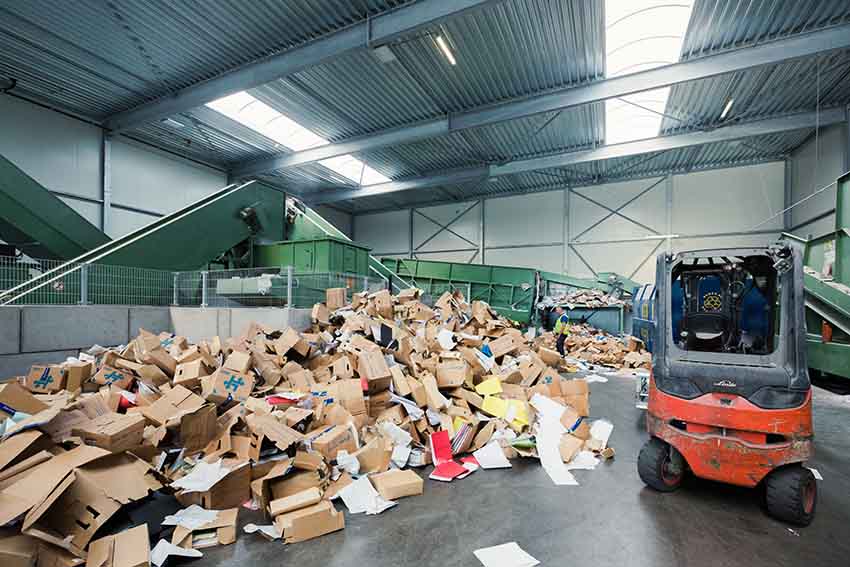Packaging collection and recycling in the Netherlands is funded by the companies placing packed products on the market. They do so by paying a fee on their packaging (the packaging waste management contribution) to the Afvalfonds Verpakkingen, which uses it to pay the costs incurred in collecting and recycling household packaging waste. The packaging waste management contribution rates are based on the costs we incur for each type of material in the collection, processing and marketing chain. We also charge a fixed amount in general system costs for each type of material, which include the costs of monitoring, preventing litter (NederlandSchoon) and the Netherlands Institute for Sustainable Packaging (KIDV).
Municipalities are allowed to decide for themselves how to organize packaging waste collection. For glass and paper they generally use a container, overground and underground, to which the consumer can take their empty glass packaging and used paper. There is more variety for plastic packaging waste: for example, some municipalities collect plastic packaging waste from the kerbside in bags or wheelie bins or set up containers to which people can take their plastic packaging themselves.

Many municipalities combine the collection of plastic packaging with cans and drinks cartons (‘PMD’) and then ensure that the collected material is sorted and recycled. Other municipalities prefer post-separation of plastic packaging. In this case the consumer no longer needs to separate their plastic packaging because technology now makes it possible to separate it from residual waste in post-separation plants. This can be a good solution in densely populated areas with little space, for example.
MORE THAN JUST RECYCLING
It is not just recycling that is important, prevention and enhancing the sustainability of packaging are significant factors too. Producers and importers are responsible for this themselves and must comply with the Essential Requirements. These legal requirements set out how producers can enhance the sustainability of their packaging as early as the design phase by, for example, limiting its weight and/or volume and using sustainable materials. Companies are working hard on this.
PACKAGING RECYCLABILITY
Good packaging recyclability has a major role to play. Companies are increasingly focusing on this and making great strides in enhancing the sustainability of their packaging. KIDV can provide specific knowledge and advice to help them in this regard.

CIRCULAR ECONOMY
Industry organizations are drawing up sustainability enhancement plans for their members, with highly achievable targets for packaging. They are being used to make agreements across the industry on the sustainability enhancement of the product packaging chain. This will give a major boost to the development of a circular economy.
ENERGY RECOVERY
Packaging that is not recycled, such as packaging the consumer throws away instead of separating, is burned in incinerators that can feed back energy. In this way residual household waste is used for energy recovery. It is of course preferable for as much packaging as possible to be readily recyclable. The packaging industry is working hard to make further improvements to this each year.
RECYCLING RESULTS


